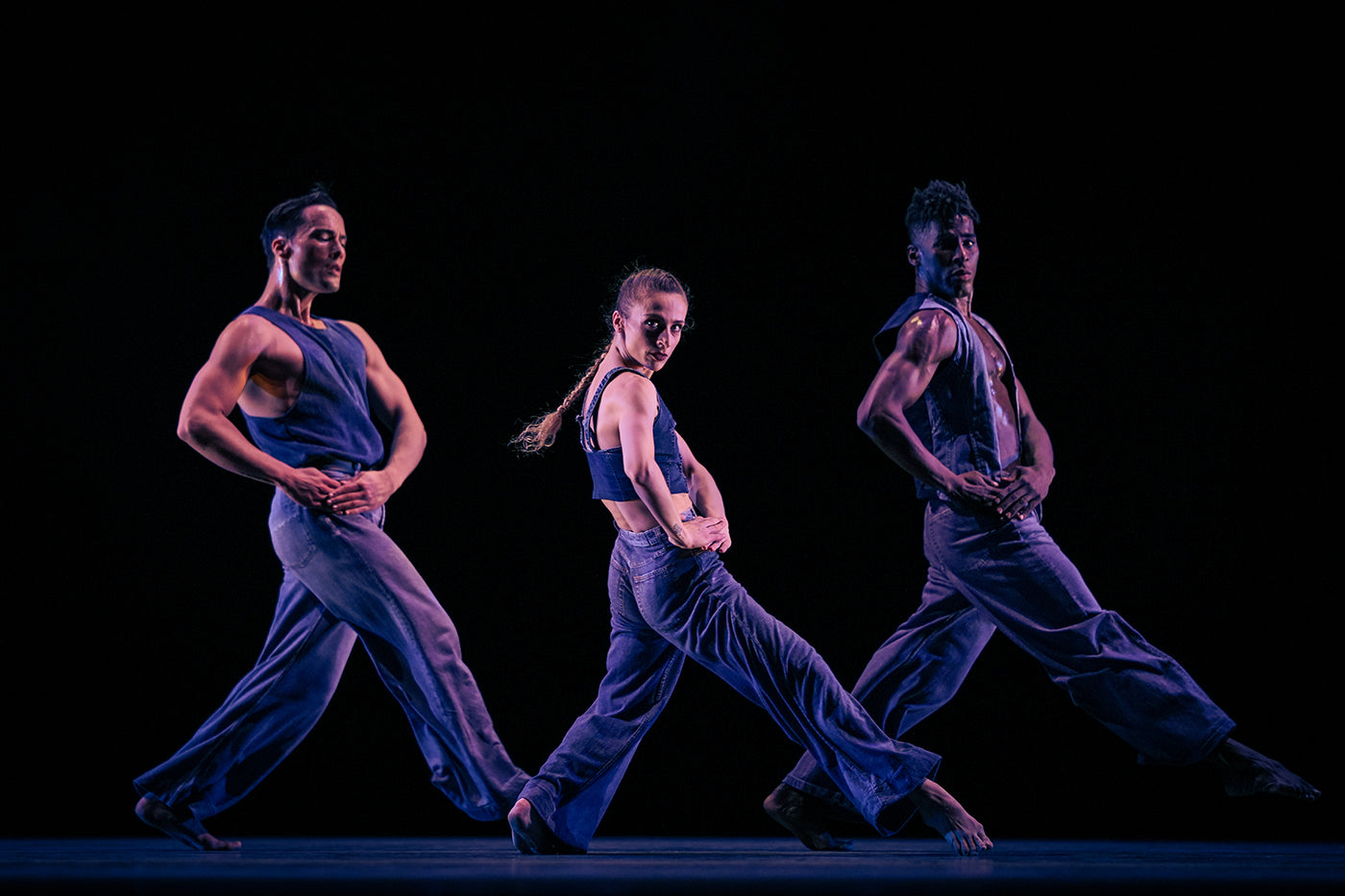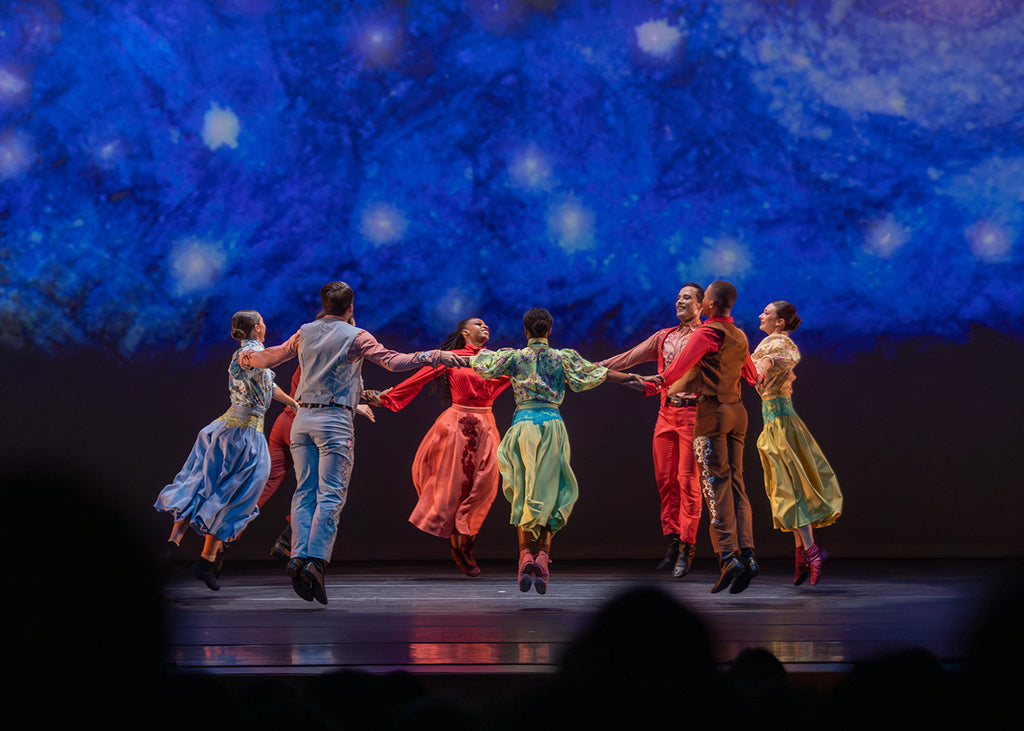Talent Time
It’s “Nutcracker” season at San Francisco Ballet—36 performances packed into three weeks—which means that the company is currently serving two distinct audiences.
Continue Reading
World-class review of ballet and dance.
Lassoing is a surprising through-line for a Martha Graham Dance Company performance. The theme steps generally tend towards the child-birthing variety: contractions and deep squats. America’s oldest troupe (the MGDC turns 100 in 2026, but they are already partying hard) has gotten in on the recent Black cowboy craze and I am here for it. On Saturday night at City Center, Lloyd Knight starred as a hunky square dance caller and Jamar Roberts set his electrifying new protest dance to the music of Rhiannon Giddens—who is fresh off her commercial success playing banjo on Beyoncé’s “Texas Hold’em” track. The first chapter in the Graham Company’s centennial celebration is titled “American Legacies,” and they put on a superb and refreshingly diverse Americana-inspired show. Although there wasn’t a dance by Graham on the triple bill, her spirit was very much present.
Performance
Place
Words



“Uncommonly intelligent, substantial coverage.”
Your weekly source for world-class dance reviews, interviews, articles, and more.
Already a paid subscriber? Login

It’s “Nutcracker” season at San Francisco Ballet—36 performances packed into three weeks—which means that the company is currently serving two distinct audiences.
Continue ReadingLast week I caught up with choreographer Pam Tanowitz and Opera Philadelphia’s current general director and president, countertenor Anthony Roth Costanzo to talk about “The Seasons,” the company’s latest production premiering at the Kimmel Center’s 600-plus seat Perelman Theater on December 19.
Continue ReadingIf Notre-Dame remains one of the enduring symbols of Paris, standing at the city’s heart in all its beauty, much of the credit belongs to Victor Hugo.
Continue ReadingWhen dancer and choreographer Marla Phelan was a kid, she wanted to be an astronaut. “I always loved science and astronomy,” Phelan said.
Continue Reading
comments